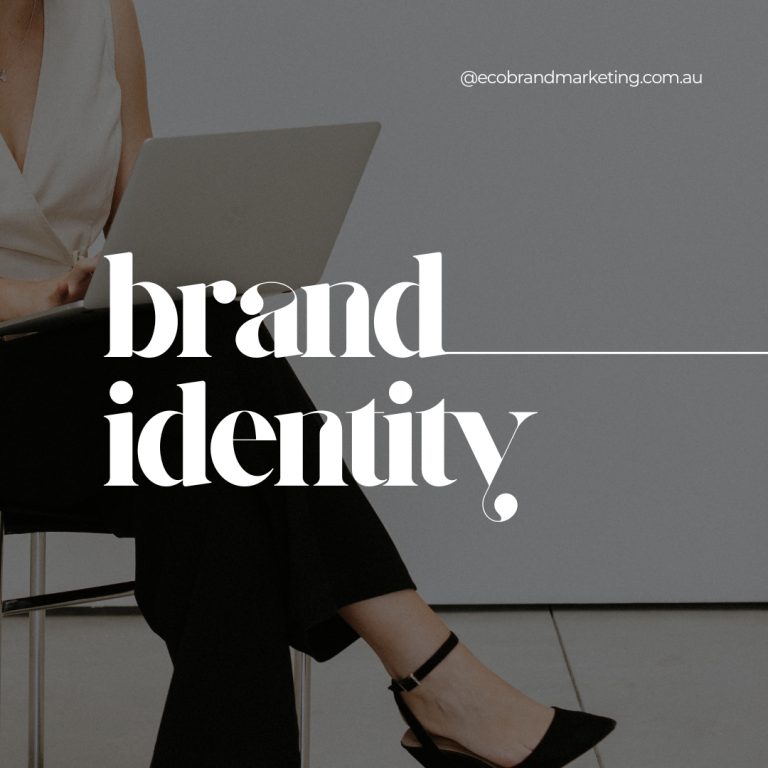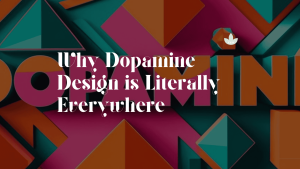Updated 11/09/2024
Many entrepreneurs start with a revolutionary idea—a lightbulb moment of a product or service that fills a gap in the market. However, without a strong brand identity, even the best innovations can go unnoticed.
Today, we’ll look at why a custom brand identity is essential for your business and the 8 design elements successful brands use to captivate their audience.
What is a Brand Identity?
A brand identity is more than just a logo or tagline. Brand identities embodies the core values, personality and essence of your business. It shapes how your customers perceive and interact with your products or services. If you want to stand out as a leader in your industry, you’ll need a distinct and compelling brand identity.
A well-defined brand identity is easily recognised amidst a sea of competitors. Consistent use of visual elements such as colours, typography and logos across all platforms—from your website and social media profiles to packaging and marketing materials—builds familiarity and reinforces your business’s unique selling proposition (USP). This differentiation is critical in capturing attention and fostering brand loyalty.
brand identity’s role in the marketplace
A distinctive brand identity gives you a competitive edge in a crowded marketplace. It helps consumers quickly understand what sets your brand apart and why they should choose you over alternatives.
Coca-Cola demonstrates the power of a distinctive brand identity, with its iconic red and white logo, timeless “Taste the Feeling” slogan, and universally recognised contour bottle design. All of these elements combined propel Coca-Cola to stand out as a global leader in the beverage industry.
The brand’s consistent messaging of happiness, refreshment and quality has created a strong emotional connection with consumers worldwide. But Coca-Cola isn’t the only company to build an international empire using a strong brand identity. Take a look at how McDonald’s built their international recognition.
How Macca’s used brand identity to reach global recognition
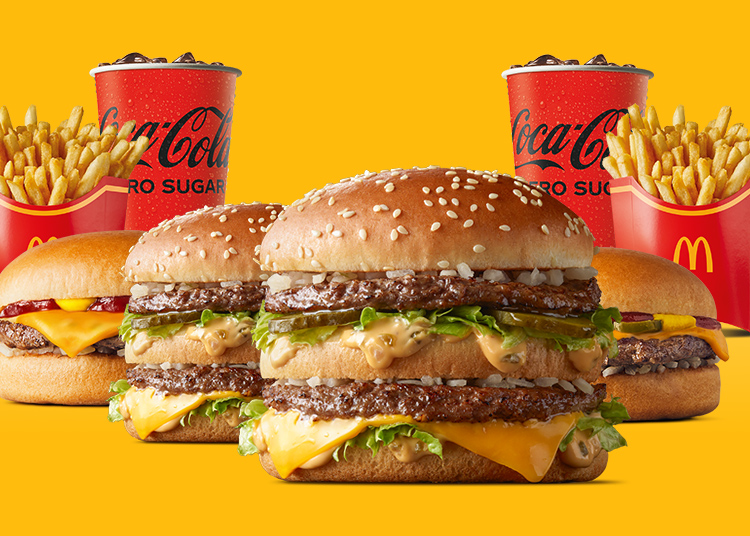
What do you think of when I say McDonald’s? Do any of these come to mind?
- Red and yellow colours
- Golden arches
- McCafe
- “I’m lovin’ it”
- Ronald McDonald
This isn’t an accident. All of these elements were carefully considered to create their internationally-recognised brand identity. Because of this, McDonald’s has one of the most recognisable brand identities in the world.
8 Must-Have Elements in your brand identity
Now that we know why a professional brand identity is so important, let’s look at what’s included in one. Hint: it’s more than just a logo!
To reach your target market, you’ll need graphics, fonts, and an established mission statement. Let’s look at what a successful brand identity includes.
1. Primary Logo

A primary logo is the prominent visual symbol that represents your business/product. It should be instantly recognisable. For instance, Nike’s swoosh symbol is globally recognised, symbolising athleticism and innovation.
2. Secondary Logo
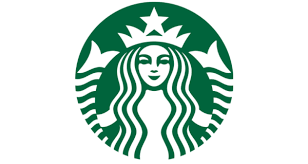
The secondary logo compliments the primary logo and offers flexibility in different contexts. For example, Starbucks’ iconic green mermaid is adapted across their products and marketing channels.
3. Brand Icon

A brand icon is a simplified symbol or mark representing your business or product, independently of the logo. It’s typically used as an app icon, favicon, or a standalone identifier. Think of Apple’s bitten apple logo, which signifies simplicity and cutting-edge technology.
4. Brand Colour Palette
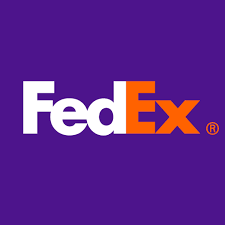
Choosing the right brand colours is one of the most important steps of establishing your brand identity. Your business will depend on these colours to evoke specific emotions and reinforce customer recognition of your brand. Plus, they’ll be used across all of your print and digital marketing channels so hopefully they’re colours you love!
Colour is a powerful tool for creating a desired emotional state within your customers. We see FedEx’s use of purple and orange conveys reliability and innovation in logistics. Blue symbolises trust and dependability which is why many banks, government organisations and legal firms use it to establish their credibility.
To learn more about using colour to evoke customer emotions, read our full article on brand colour psychology.
5. Visual Elements

Visual elements of your brand may include icons, patterns, and imagery that complement your brand’s aesthetic. We see Google’s playful doodles and clean interface reflect its creative and user-centric approach.
6. Brand Voice and Tone
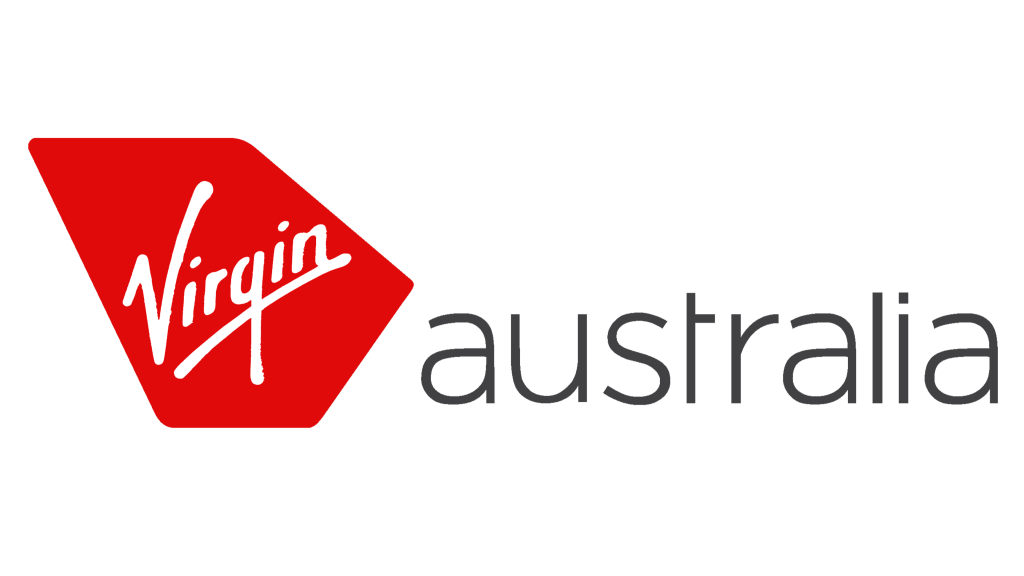
Voice and tone may sound like something you can think about later but they can actually motivate your customers to purchase with you.
Your brand needs a clear, consistent voice to cut through the wave of content generated by ChatGPT and other AI large language models. If you depend on AI to write all of your website and social media content, your customers may have trouble understanding how you stand out from your competitors.
The style and language used across your communications needs to convey your business’ or product’s personality. For example, we like how Virgin uses bold and irreverent tones to resonate with its adventurous brand image.
7. Typography
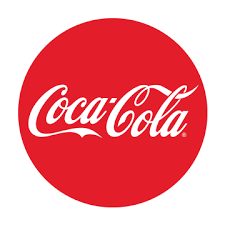
Every brand needs typography to style their brand name, website text and product descriptions with consistent fonts. Pick a font that reflects your business or product’s personality. The key is to be consistent with your styling and choose only 2-4 typefaces to use across your brand messaging.
There are plenty of free fonts available to create a strong brand identity. You can browse Google fonts to get a better idea of what you’re interested in. You may decide to buy a font for your brand to create an even more stand out identity for your business.
Finally, to create a brand identity that is uniquely yours, you can hire a local graphic designer who specialises in creating custom typefaces for businesses. For example, Coca-Cola’s custom script font is instantly associated with its heritage and classic appeal.
8. Mission and Values
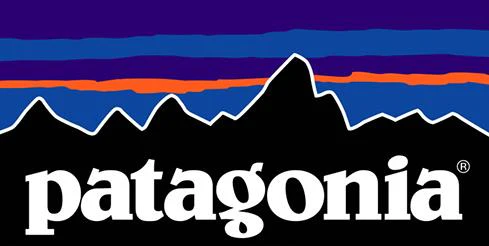
Mission and values may be last on this list but it’s just as important as a memorable brand logo.
As you operate your business, you’ll be faced with decisions and challenges along the way. If you establish a clear mission and values statement, this can help you make tough decisions as they come up. Your decisions should always support your company’s mission and values.
Articulate your business/product’s purpose and principles at the very beginning. This will help guide all your actions and decisions. A great example of a recognisable mission statement is Patagonia’s commitment to environmental activism.
Strong Brand Identity = Better marketing
As I mentioned before, a cohesive brand identity instils confidence in your consumers. When your brand delivers on its promises and maintains a professional and unified image, it increases trust in your brand.
Consumers are more likely to choose brands they perceive as credible and authentic, leading to increased customer retention and positive word-of-mouth referrals. Plus, if you make a business mistake along the way, customers are more likely to forgive brands with an authentic brand voice.
To illustrate the power of a targeted, cohesive brand identity, keep reading for a real world example.
Branding case study: BMW vs Hyundai
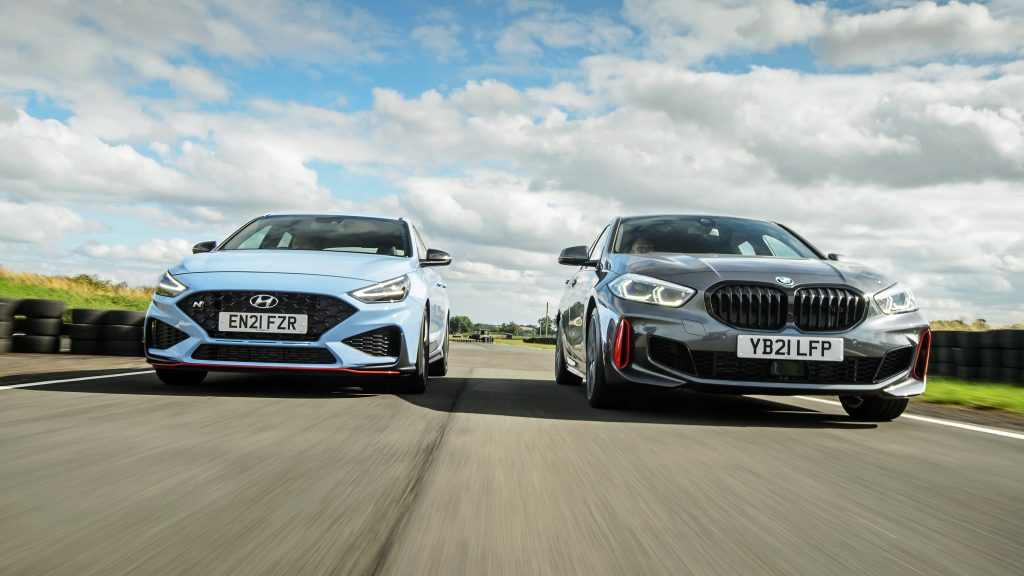
Let’s consider two competitive brands in the automotive industry: BMW and Hyundai.
BMW
When you think of BMW, several distinctive elements may come to mind: the blue and white propeller logo, the slogan “The Ultimate Driving Machine,” and its focus on luxury, performance, and innovation.
BMW has consistently reinforced its brand identity through sleek designs, advanced technology features and a premium customer experience. These elements contribute to BMW’s global reputation as a leading luxury automotive brand.
Hyundai
Hyundai also competes in the automotive market but may not have as strong a brand identity as BMW. More recently, Hyundai has made significant strides creating reliable vehicles that are competitively priced and eco-friendly.
But while Hyundai’s brand identity is recognisable in its own right, it doesn’t carry the same level of prestige and association with luxury and performance as BMW.
The Brand Difference
The difference lies in how BMW has meticulously crafted and maintained its brand identity over decades, aligning its messaging, product design, and customer experience to resonate with its target audience of luxury car buyers. This cohesive brand identity has helped BMW establish a strong position in the global automotive market.
Hyundai continues to build its brand presence and reputation through innovation and customer-focused initiatives.
Bonus tip: Trademark your brand’s identity
Now that you’ve created a custom brand identity to attract your target audience, you may want to consider trademarking elements of your business’s identity. This provides legal protection against unauthorised use of your brand elements, such as logos, names, and slogans.
Trademarking your brand identity safeguards your brand’s reputation and prevents consumer confusion. This will ensure they trust your products or services.
For legal insight on trademarking, visit Australian Government or contact Sunshine Coast’s trusted legal professionals at Greenhalgh Pickard.
I have my idea, now I need a brand!
Creating a robust brand identity is a strategic investment that enhances brand recognition, protects your intellectual property and supports long-term business growth and success.
Eco Brand Marketing specialises in crafting compelling brand identities that resonate with your target audience and align your brand story with your marketing strategy. Contact us today to set your brand apart in the marketplace.
